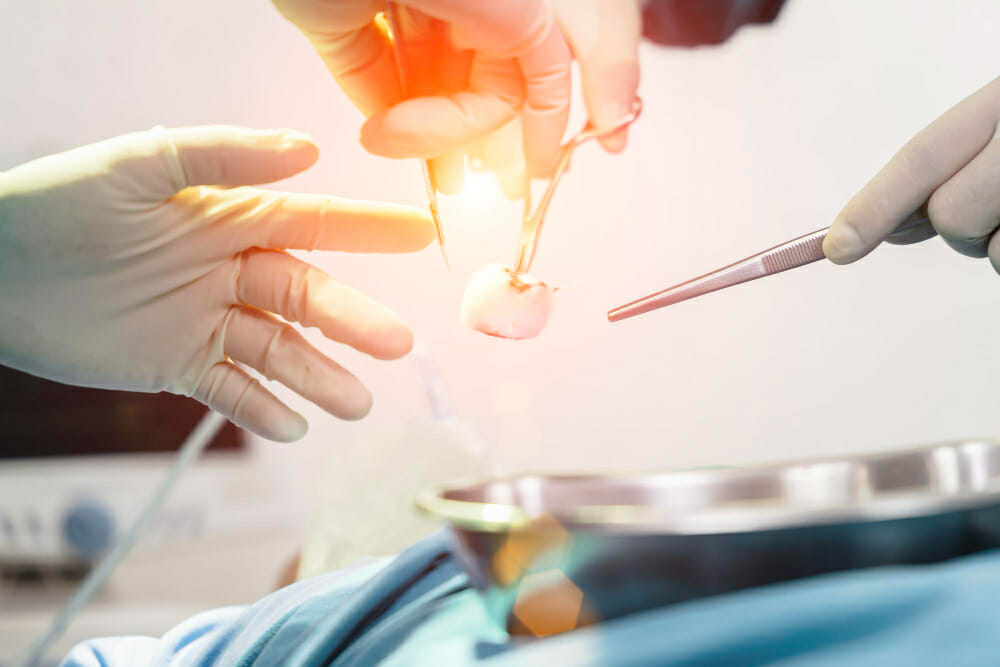Everyone loves good oral health. The presence of strong and healthy teeth greatly boosts one’s confidence and gives them that perfect smile to run through the day. Sadly, there are times when one or two teeth aren’t in the best shape and need to be extracted.
Factors like tooth decay and broken tooth can prompt a visit to the dentist. And in most cases, the patients don’t go back with the same number of teeth. Today’s article looks at what tooth extraction entails, why it’s needed, and the processes that make it useful in dental health.
What Is Tooth Extraction?
It’s a straightforward process that involves total removal of the tooth from the socket. Think of it as a kid with a loose tooth trying to yank it off so a new one can grow. It’s one of the core dental practices and is useful for eliminating any bad tooth before the problem spreads.
It’s also important for relieving patients of pain. However, it’s not a process that’s carried out all the time. Moreover, certain cases make tooth extraction almost unavoidable.
When Do People Need To Have Their Tooth Extracted?
Normally, the best oral care involves preserving the natural teeth for as long as possible. It’s important because synthetic tooth requires lots of maintenance and don’t function quite as properly as natural teeth do.
But in cases where the tooth in question is beyond repair, then a visit to The Walton Practice Dental place is necessary for immediate extraction. In such cases, dental fillings aren’t sufficient, and the tooth may need replacement. Other factors that call for immediate tooth extraction include:
-
Fractured tooth
-
Extreme gum diseases
-
Severe tooth cavity
-
Impacted tooth
-
Dental injuries
The procedure is carried out by dentists and oral surgeons, but the more complex cases are left in the hands of periodontists and oral surgeons.
What Goes On In The Tooth Extraction Process?
There are certain steps taken to ensure the tooth extraction process goes smoothly and is void of complications or setbacks.
-
First, the dentist gathers as much information as possible before proceeding. This gives a good insight into family history and drugs taken before then.
-
Dental X-rays are taken to determine the extent of the damage.
-
The oral surgeon or dentist prescribes the necessary sedative to prepare the patient for the procedure.
-
After that, the patient is injected with anaesthesia to numb the tooth region.
-
Once the anaesthesia is in effect, dental tools are used to loosen the tooth before it is gently removed.
-
In cases of serious tooth decay or fractures, an incision is made into the gum to make the extraction process easier.
-
This is followed up by disinfection and cleaning of the socket.
-
The surgeon proceeds to apply stitches to promote healing.
What Next?
Once it’s done, a gauze is placed over the area. The patient has to bite down and apply enough pressure to seal the wound and stop bleeding. This is essential for preventing dry sockets and slowing down bleeding.
Bottom Line
Tooth extraction is necessary for reducing the activity of bacteria on infected teeth. At the same time, it helps reduce pain and the damage it could cause to your oral region.




